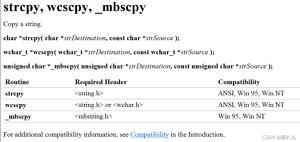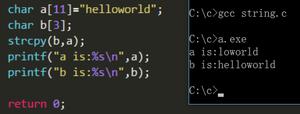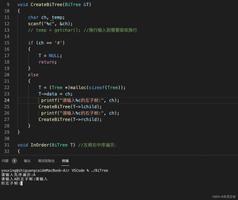开玩笑的spyOn函数称为
我正在尝试为一个简单的React组件编写一个简单的测试,并且我想使用Jest来确认我用酶模拟点击时已调用了一个函数。根据Jest文档,我应该能够使用spyOn它:spyOn。
但是,当我尝试此操作时,我不断得到TypeError: Cannot read property '_isMockFunction' of
undefined暗示我的间谍未定义的信息。我的代码如下所示:
import React, { Component } from 'react';import logo from './logo.svg';
import './App.css';
class App extends Component {
myClickFunc = () => {
console.log('clickity clickcty')
}
render() {
return (
<div className="App">
<div className="App-header">
<img src={logo} className="App-logo" alt="logo" />
<h2>Welcome to React</h2>
</div>
<p className="App-intro" onClick={this.myClickFunc}>
To get started, edit <code>src/App.js</code> and save to reload.
</p>
</div>
);
}
}
export default App;
在我的测试文件中:
import React from 'react';import ReactDOM from 'react-dom';
import App from './App';
import { shallow, mount, render } from 'enzyme'
describe('my sweet test', () => {
it('clicks it', () => {
const spy = jest.spyOn(App, 'myClickFunc')
const app = shallow(<App />)
const p = app.find('.App-intro')
p.simulate('click')
expect(spy).toHaveBeenCalled()
})
})
有人了解我在做什么错吗?
回答:
嗨,伙计,我知道我来晚了,但是除了您的方式之外,您几乎已经完成,没有任何改变spyOn。当您使用的间谍,你有两个选择:spyOn在App.prototype或组件component.instance()。
将间谍附加到类原型上并渲染(浅渲染)实例的顺序很重要。
const spy = jest.spyOn(App.prototype, "myClickFn");const instance = shallow(<App />);
在App.prototype第一行位有你需要的东西,使事情的工作。在class您使用实例化javascript new
MyClass()或将其浸入之前,javascript
没有任何方法MyClass.prototype。对于您的特定问题,您只需监视该App.prototype方法myClickFn。
const component = shallow(<App />);const spy = jest.spyOn(component.instance(), "myClickFn");
此方法要求a的shallow/render/mount实例React.Component可用。本质上spyOn就是在寻找可以劫持并推向市场的东西jest.fn()。它可能是:
平原object:
const obj = {a: x => (true)};const spy = jest.spyOn(obj, "a");
答class:
class Foo { bar() {}
}
const nope = jest.spyOn(Foo, "bar");
// THROWS ERROR. Foo has no "bar" method.
// Only an instance of Foo has "bar".
const fooSpy = jest.spyOn(Foo.prototype, "bar");
// Any call to "bar" will trigger this spy; prototype or instance
const fooInstance = new Foo();
const fooInstanceSpy = jest.spyOn(fooInstance, "bar");
// Any call fooInstance makes to "bar" will trigger this spy.
或一个React.Component instance:
const component = shallow(<App />);/*
component.instance()
-> {myClickFn: f(), render: f(), ...etc}
*/
const spy = jest.spyOn(component.instance(), "myClickFn");
或一个React.Component.prototype:
/*App.prototype
-> {myClickFn: f(), render: f(), ...etc}
*/
const spy = jest.spyOn(App.prototype, "myClickFn");
// Any call to "myClickFn" from any instance of App will trigger this spy.
我已经使用并看到了两种方法。当我有一个beforeEach()或beforeAll()块时,我可能会采用第一种方法。如果我只需要快速监视,我将使用第二个。只需注意附加间谍的顺序即可。
编辑:如果要检查您的副作用,您myClickFn可以在单独的测试中调用它。
const app = shallow(<App />);app.instance().myClickFn()
/*
Now assert your function does what it is supposed to do...
eg.
expect(app.state("foo")).toEqual("bar");
*/
以上是 开玩笑的spyOn函数称为 的全部内容, 来源链接: utcz.com/qa/426208.html







